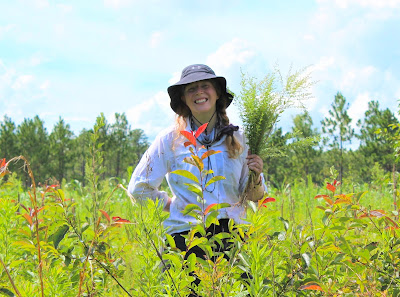No matter the U.S. political climate, young, single and less educated men seemed to be at higher risk for deportation than other undocumented Mexican immigrants from 2001 to 2019, a study led by Emory University finds.
The Proceedings of the National Academy of Sciences (PNAS) published the study analyzing deportation and voluntary return migration data encompassing the administrations of U.S. Presidents George W. Bush, Barack Obama and Donald Trump.
“Even through the Trump administration’s anti-immigrant rhetoric advocated deporting all undocumented immigrants, particularly from Mexico, the characteristics of Mexican immigrants deported during the Trump years were not dramatically different from previous administrations,” says Heeju Sohn, Emory assistant professor of sociology and lead author of the study.
Co-authors include Anne Pebley and Amanda Landrian Gonzalez from the University of California Los Angeles and Noreen Goldman of Princeton University.
The researchers examined trends in socio-demographic characteristics of undocumented Mexican immigrants deported by the U.S. along with those who chose to return to Mexico.
While the study does not predict or offer any absolute probabilities, it provides insight into relative potential risks.
On average, each administration annually deported about 893,000 people with the majority of them Mexican citizens.
“Despite each administration’s differing approach and rhetoric, who was actually being deported or deciding to leave didn’t change all that much,” Sohn said. “Just because an undocumented person voluntary leaves the U.S. doesn’t always mean they felt they had a choice in that decision either.”
Fewer immigrants were deported annually during the Trump administration than under Obama or Bush who had the highest number of deportations. During Obama’s first term, there was an increase in deportation of Mexican immigrants with criminal convictions but that percentage decreased in the last two years of his presidency.
While Trump’s administration prioritized all undocumented immigrants for deportation, the result shows deportation focused more on young adults and those with less education, groups which already face higher deportation risks.
"Policy makers and the public need to understand the consequences of the immigration policies that are implemented – whether they work or not,” says Pebley, a UCLA California Center for Population Research faculty fellow. “While the Trump administration's anti-immigrant rhetoric and policies had many negative effects on immigrants and Americans, they did not do what they were apparently intended to in terms of deporting a larger and more diverse group of undocumented immigrants.”
The Trump administration’s anti-immigrant rhetoric and heightened enforcement didn’t appear to motivate a more diverse group of undocumented immigrants to leave voluntarily. Rather, voluntary return migration to Mexico was a trend that began early in the Obama administration after the great recession of 2007-2009, according to the study.
“People who are leaving or being deported do not exist in a vacuum,” Sohn says. “You can’t isolate them separately from the social and family connections they have interwoven in U.S. society. So, what happens to undocumented people that society has neglected has a direct effect on the well-being of U.S. citizens. We have a duty to not discriminate and there is a need for additional research.”
The experiences of undocumented children living in the U.S. is a blind spot in national data; the youngest age group in this study is 18 to 31.
“Moving across countries is a disruptive life event,” Sohn says. “This is an age group where people take major steps as adults—finding a partner, having children or establishing a career. This can have reverberating consequences for the rest of their lives.”
For the study, Sohn and the other researchers combined deportees’ and voluntary returnees’ data from both sides of the border—the Migration Survey on the Borders of Mexico-North (EMIF-N) and U.S. Current Population Survey’s Annual Social and Economic Supplement (ASEC). It’s the first time these two major sets of data were combined for research purposes and studied in a novel way.
“It was critical that we understood the nuances of the data and sampling strategy. We took a lot of timand effort making sure our method accounted for the differences,” Sohn says.
“This is part of a bigger desire to make sure the lives of underrepresented groups have adequate representation,” she adds. “A lot of the research in social sciences are based on large data sets that don’t put much focus on the smaller groups or ones that are harder to measure. I hope getting this important topic published will get visibility to a wider audience.”
Funding for the story was provided by the NIH Eunice Kennedy Shriver National Institute of Child Health and Human Development (ROOHDO96322).





